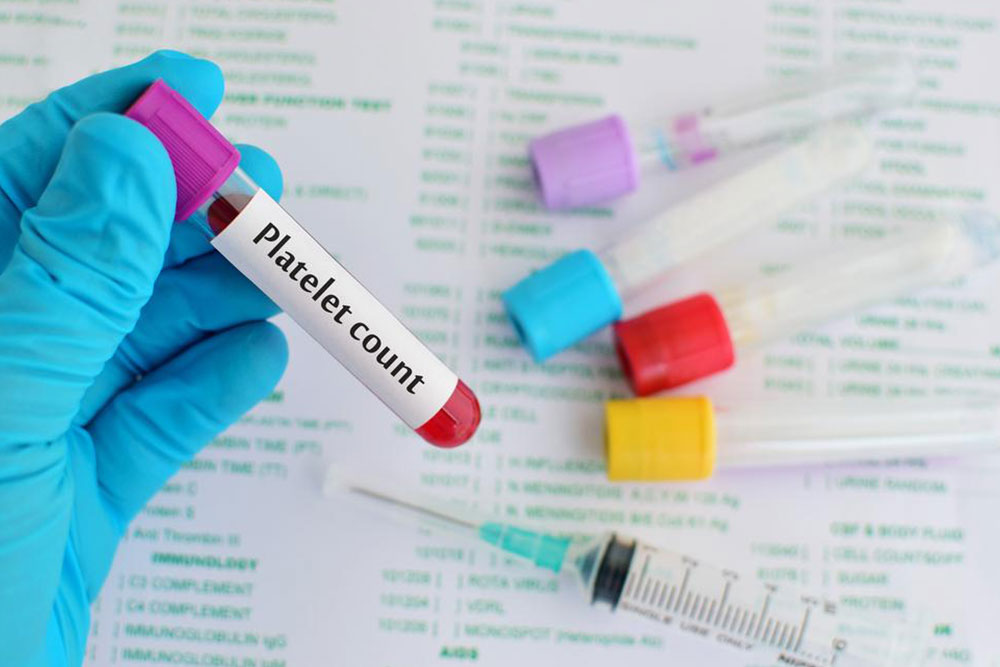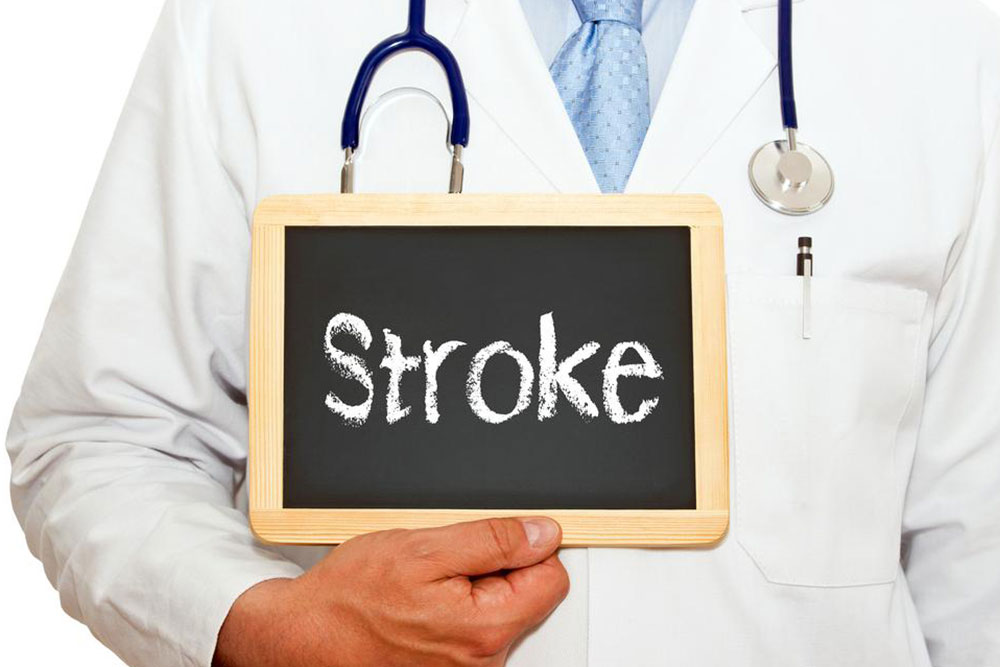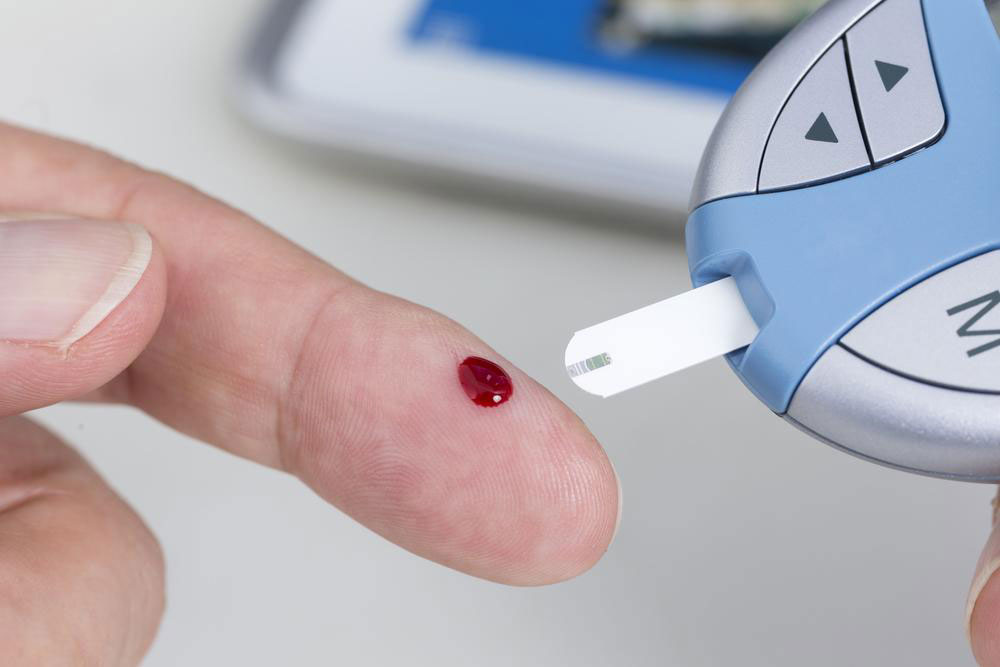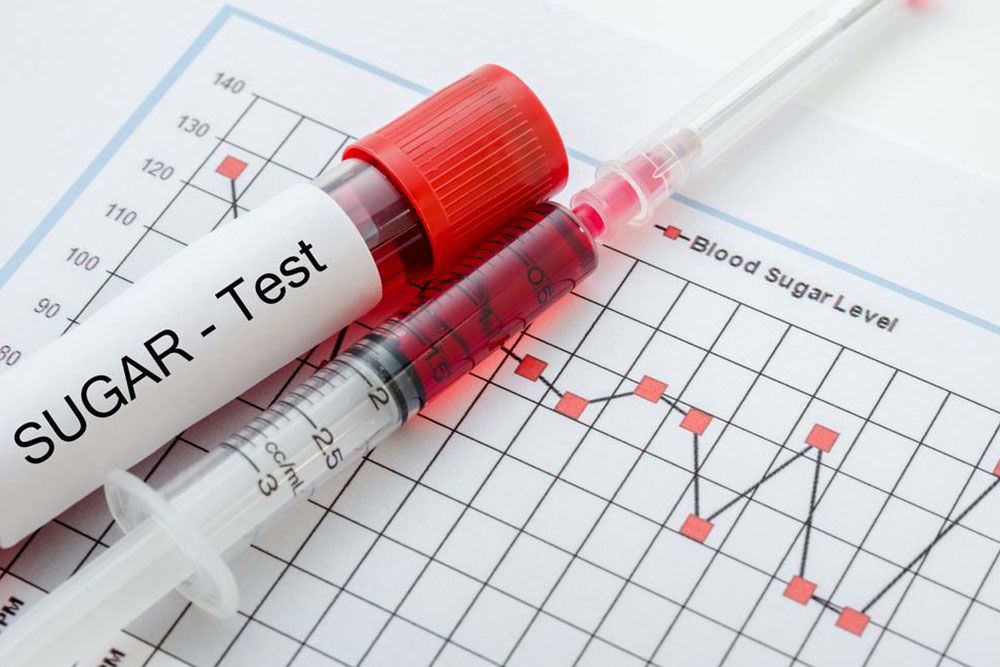Understanding Thrombocytopenia: Causes and Warning Signs
Discover the key causes and signs of low platelets, also known as thrombocytopenia. Learn about symptoms like bruising, bleeding, and fatigue, along with medical conditions and substances that can lead to decreased platelet counts. This overview helps in early detection and seeking appropriate medical care for platelet-related issues.

Understanding Thrombocytopenia: Causes and Warning Signs
Platelets are crucial for blood clotting and preventing excessive bleeding. Normally, platelet levels range from 150,000 to 350,000 per microliter of blood. Due to their tiny size, platelets comprise a tiny fraction of blood volume. Recognizing symptoms of low platelet counts, or thrombocytopenia, is essential for early intervention.
Signs to watch for include:
Unexplained bruising or purpura
Prolonged healing of cuts
Blood in urine or stools
Persistent fatigue
Enlarged spleen
Heavy menstrual bleeding
Bleeding gums or nasal bleeding
Next, let's explore common causes behind decreased platelet levels.
Medication and Substance-Induced Causes: Certain medications such as heparin, eptifibatide, and glycoprotein inhibitors can reduce platelet counts. Over-the-counter drugs like aspirin, ibuprofen, and naproxen may also contribute. Harmful substances like pesticides, arsenic, benzene, or excessive alcohol intake can impair platelet production. Quinine-containing drinks or tablets for leg cramps are known offenders.
Medical Conditions: Several health issues can lead to low platelets. These include reduced production in the bone marrow due to leukemia, other cancers, or blood disorders like anemia. Viral infections such as hepatitis C and HIV can suppress platelet counts. An enlarged spleen trapping platelets is another cause. Pregnancy may temporarily lower platelet levels, which typically normalize postpartum.
Note:
This article provides an overview of thrombocytopenia causes and symptoms based on current medical understanding. While informative, it should not replace professional medical advice. For personalized diagnosis and treatment, consult a healthcare professional. The information here is for educational purposes and may not cover all possible causes or symptoms.










